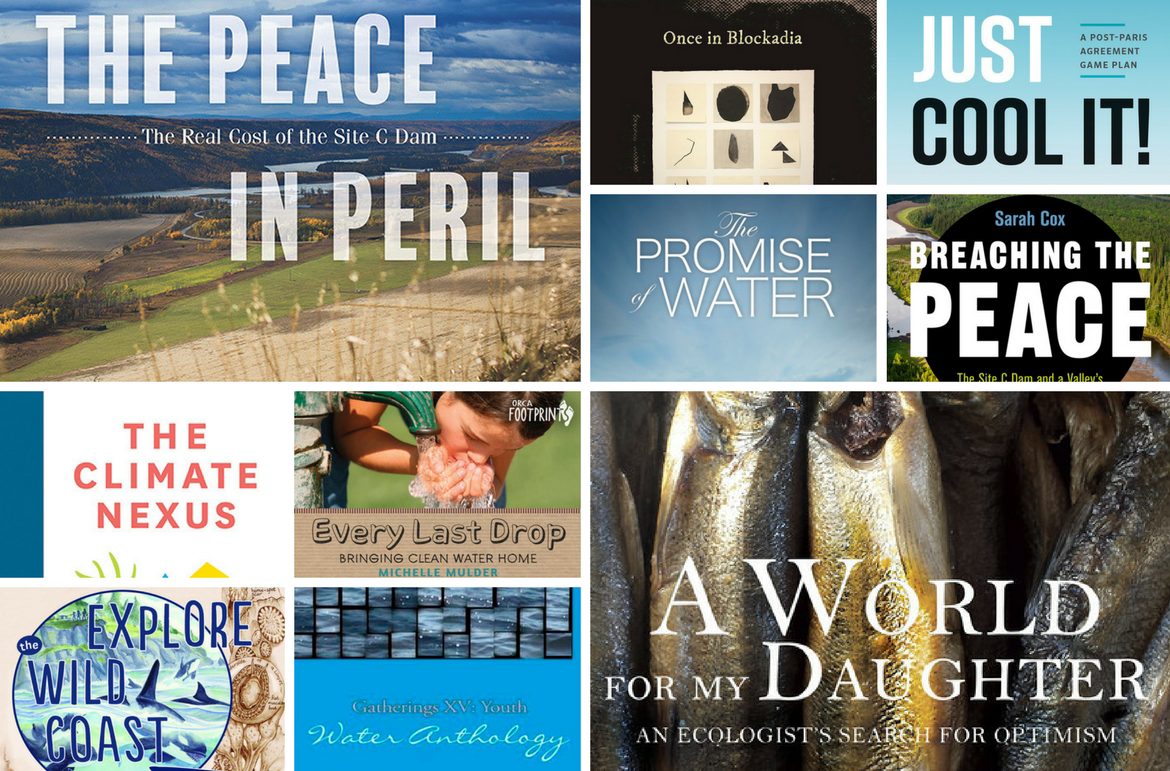As British Columbians, nature is all around us in an incredible abundance, so it’s easy to take it for granted. Earth Day is an opportunity to pause and consider just how valuable the natural world is; it’s not just a resource to be exploited. We’ve gathered together 10 books that are consciousness-raising, problem-solving, and mind-opening.
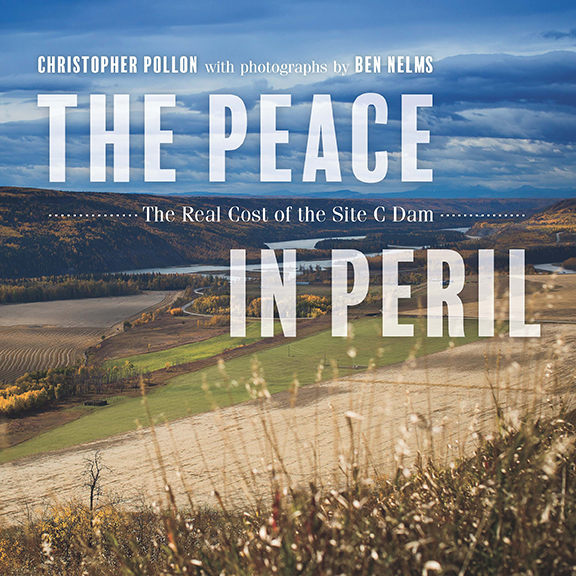 The Peace in Peril: The Real Cost of the Site C Dam
The Peace in Peril: The Real Cost of the Site C Dam
by Christopher Pollon, photographs by Ben Nelms
(Harbour Publishing)
In the next decade, a 60-metre-high wall of compacted earth will stretch more than a kilometre across the main stem of the Peace River, causing the waters behind it to swell into a 93-square-kilometre artificial lake, drowning the best topsoil left in the BC north, fifty islands, and a valley that is home to farmers, ranchers, trappers, and habitat to innumerable creatures big and small. In late September 2015, Christopher Pollon paddled the 83-kilometre section of the river that will be destroyed by the Site C dam reservoir, accompanied by photojournalist Ben Nelms. Equal parts travel adventure, history and journalistic exploration, The Peace in Peril is not only a story about the dubious trade-off of hydro power for resources like timber and farmland, but also how lives, human and otherwise, will be erased or irrevocably altered.
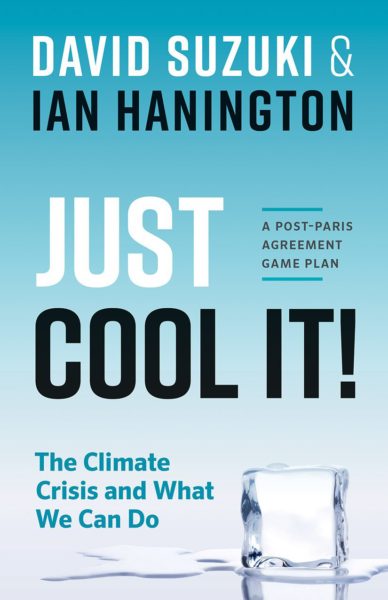 Just Cool It!: The Climate Crisis and What We Can Do – A Post-Paris Agreement Game Plan
Just Cool It!: The Climate Crisis and What We Can Do – A Post-Paris Agreement Game Plan
by Ian Hanington & David Suzuki
(Greystone Books)
Climate change is the most important crisis humanity has faced, but we still confront huge barriers to resolving it. The problem itself is complex, and there’s no single solution. Just Cool It is David Suzuki at his most passionate. In this book, he offers a comprehensive look at the current state of climate science and knowledge and the many ways to resolve the climate crisis.
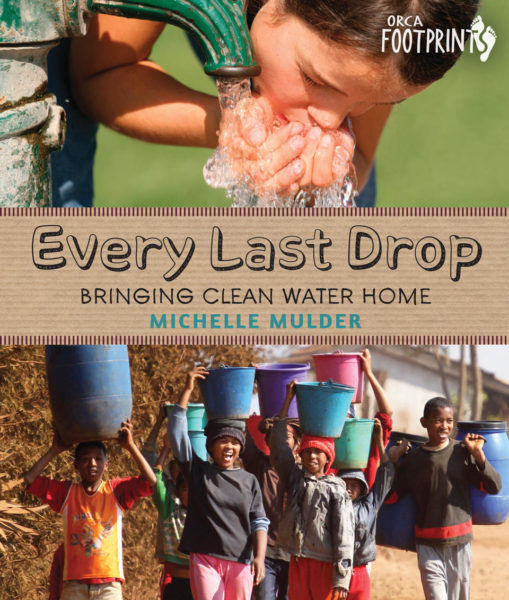 Every Last Drop: Bringing Clean Water Home
Every Last Drop: Bringing Clean Water Home
by Michelle Mulder
(Orca Book Publishers)
In the developed world, if you want a drink of water you just turn on a tap or open a bottle. But for millions of families worldwide, finding clean water is a daily challenge, and kids are often the ones responsible for carrying water to their homes. Part of the Orca Footprints series of nonfiction books for young readers focused on ecological literacy, Every Last Drop looks at why the world’s water resources are at risk and how communities around the world are finding innovative ways to quench their thirst and water their crops.
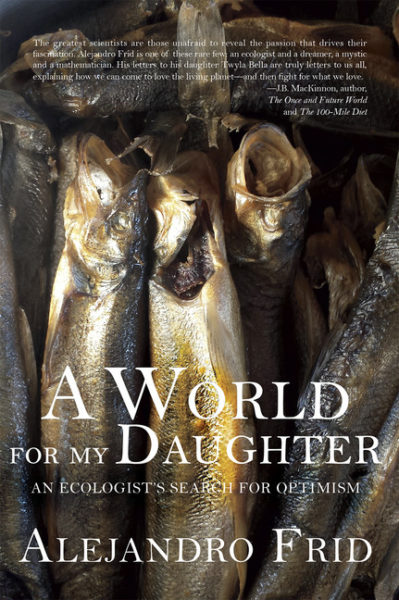 A World for My Daughter: An Ecologist’s Search for Optimism
A World for My Daughter: An Ecologist’s Search for Optimism
by Alejandro Frid
(Caitlin Press)
As an ecologist, Alejandro Frid is haunted by the irrevocable changes that humans are forcing upon Earth. Feeling completely discouraged by his research on endangered species and various forms of ecological meltdown, Alejandro accepts defeat and retreats to Earth’s few remaining wild places. Then Twyla Bella, his daughter, is born. He wonders, how can he bring a child into a world he believes is doomed? A World for My Daughter steers readers toward imagining their own role in preserving the vibrancy of our planet.
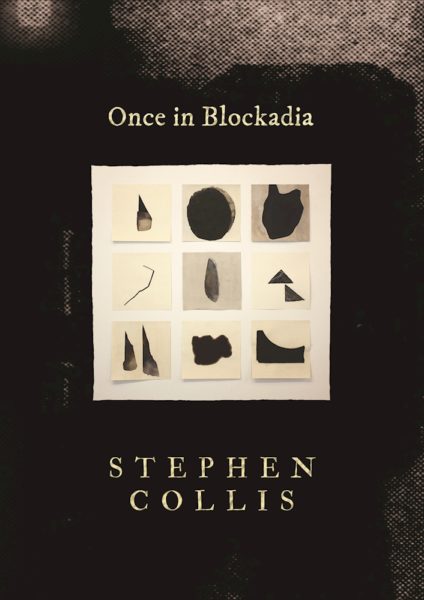 Once in Blockadia
Once in Blockadia
by Stephen Collis
(Talonbooks)
In this collection of long and serial poems, Stephen Collis rethinks the relationship between human beings and the natural world. He circumambulates Tar Sands tailings ponds and English lakes—and stands in the path of pipelines (where on Burnaby Mountain in 2014 he was sued for $5.6 million dollars by energy giant Kinder Morgan). KM’s lawyers glossed Collis’s writing in court by noting that “underneath the poetry is a description of how the barricade was constructed.” Called by Eden Robinson “the most dangerous poet in Canada,” in Once in Blockadia Collis is in search of how we can continue to resist—as we only begin to understand the extent of our complicity and the depths of the predicament we are in.
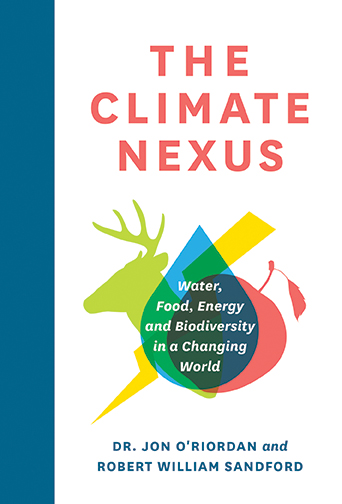 The Climate Nexus: Water, Food, Energy and Biodiversity in a Changing World
The Climate Nexus: Water, Food, Energy and Biodiversity in a Changing World
by Dr. Jon O’Riordan & Robert William Sandford
(RMB | Rocky Mountain Books)
Secure supplies of water, food and energy are essential to human dignity and well-being around the globe. In turn, the vitality of these three depends on a thriving biodiversity supported by healthy ecosystems. The complex interdependence among these four factors is known as the Nexus. This book outlines the challenges we face and offers a pathway to resolving them.
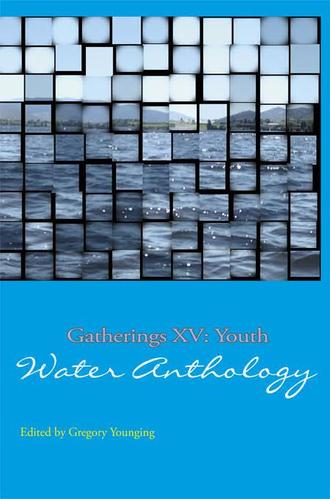 Gatherings 15: Youth Water Anthology
Gatherings 15: Youth Water Anthology
edited by Gregory Younging
(Theytus Books)
The Gatherings–Water project reflects the cultural rejuvenation of Indigenous Youth in BC. It is not only a revival of a respected anthology series, but also a new level of engagement between publisher and community, between established writers and emerging voices, and finally a testament to the connection of Indigenous Youth with the life-sustaining power of water.
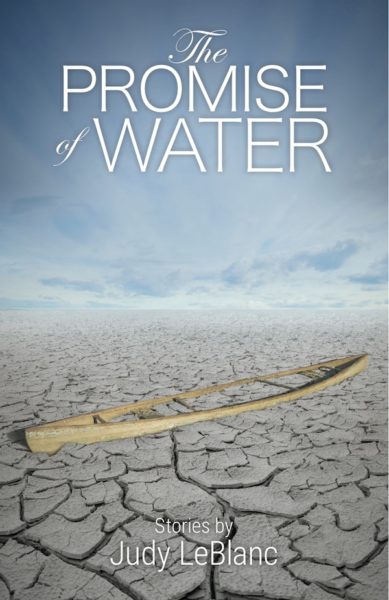 The Promise of Water
The Promise of Water
by Judy LeBlanc
(Oolichan)
Water inundates the lives of the characters in these Vancouver Island stories. A tree cutter, from atop a giant fir overlooking a sweeping ocean view, urinates into his wealthy customer’s flowerbed. A woman in a kayak, troubled by a falling out she’s had with her brother, negotiates ubiquitous rollers off the west coast. The ephemeral quality of life, like that of water, is revealed.
http://bcbooks.49thshelf.com/Books/T/The-Promise-of-Water
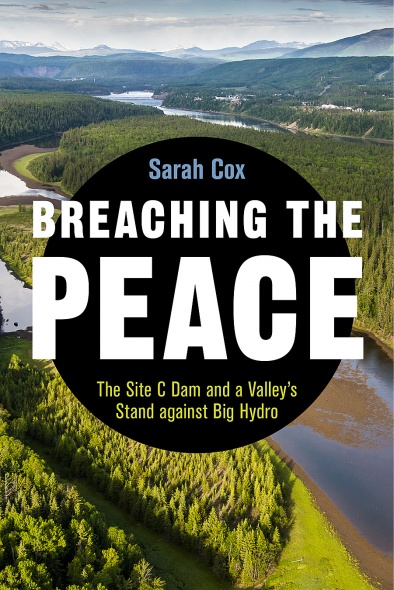 Breaching the Peace: The Site C Dam and a Valley’s Stand against Big Hydro
Breaching the Peace: The Site C Dam and a Valley’s Stand against Big Hydro
by Sarah Cox, foreword by Alex Neve
(UBC Press)
FORTHCOMING (May 2018)—Breaching the Peace tells the story of the ordinary citizens who are standing up to the most expensive megaproject in BC history and the government-sanctioned bullying that has propelled it forward. Starting in 2013, journalist Sarah Cox travelled to the Peace River Valley to talk to locals about the Site C dam and BC Hydro’s claim that the clean energy project was urgently needed. She found farmers, First Nations, and scientists caught up in a modern-day David-and-Goliath battle to save the valley, their farms, and traditional lands from wholesale destruction. Told in frank and moving prose, their stories stand as a much-needed cautionary tale at a time when concerns about global warming have helped justify a renaissance of environmentally irresponsible hydro megaprojects around the world.
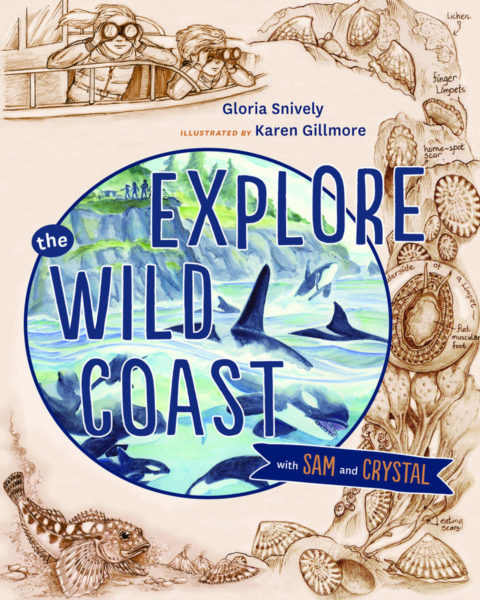 Explore the Wild Coast with Sam and Crystal
Explore the Wild Coast with Sam and Crystal
by Gloria Snively, illustrated by Karen Gillmore
(Heritage House Publishing)
FORTHCOMING (June 2018)—Join eleven-year-old Crystal and her seven-year-old brother, Sam, as they travel by seine boat along the rugged Pacific coastline to visit their aunt Kate, a marine biologist, and uncle Charlie, a retired fisherman, at their home in a sheltered inlet called Eagle Cove. As Aunt Kate takes the children for walks along the beach and teaches them about marine life, tidal zones, and habitats, they meet a dazzling range of sea creatures and learn the importance of observing, respecting, and preserving nature. Colourful, engaging, and educational, Explore the Wild Coast with Sam and Crystal is both a delightful story and an indispensable tool for teaching children about marine biology and the coastal environment of BC and the Pacific Northwest.

